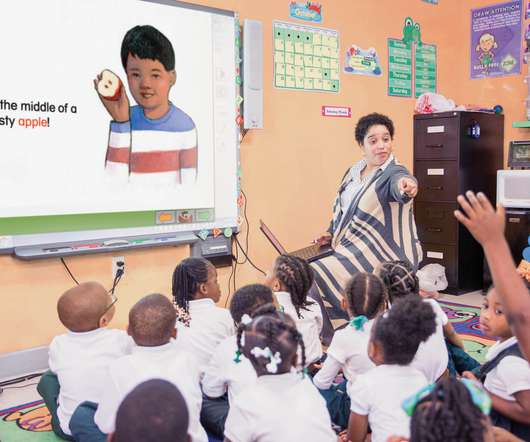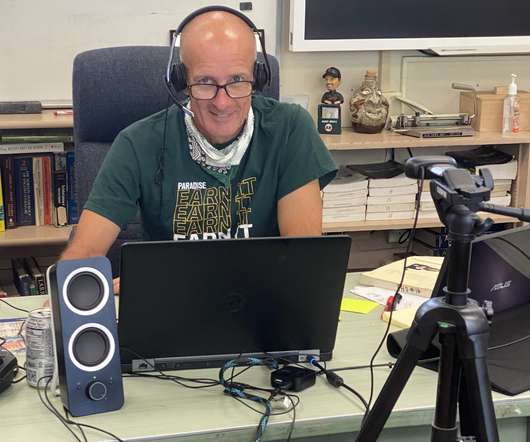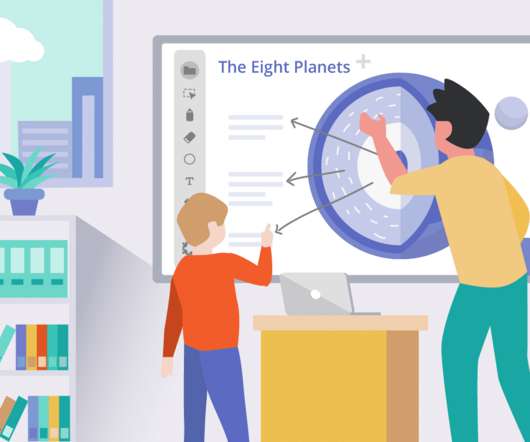How Access to Technology Can Create Equity in Schools
Digital Promise
APRIL 29, 2019
Students can access learning materials outside of school. One of the most straightforward ways that technology contributes to equity in schools is ensuring that every student has access to learning materials, even outside of the classroom. Ensuring internet access outside of school. Here are some examples.












































Let's personalize your content